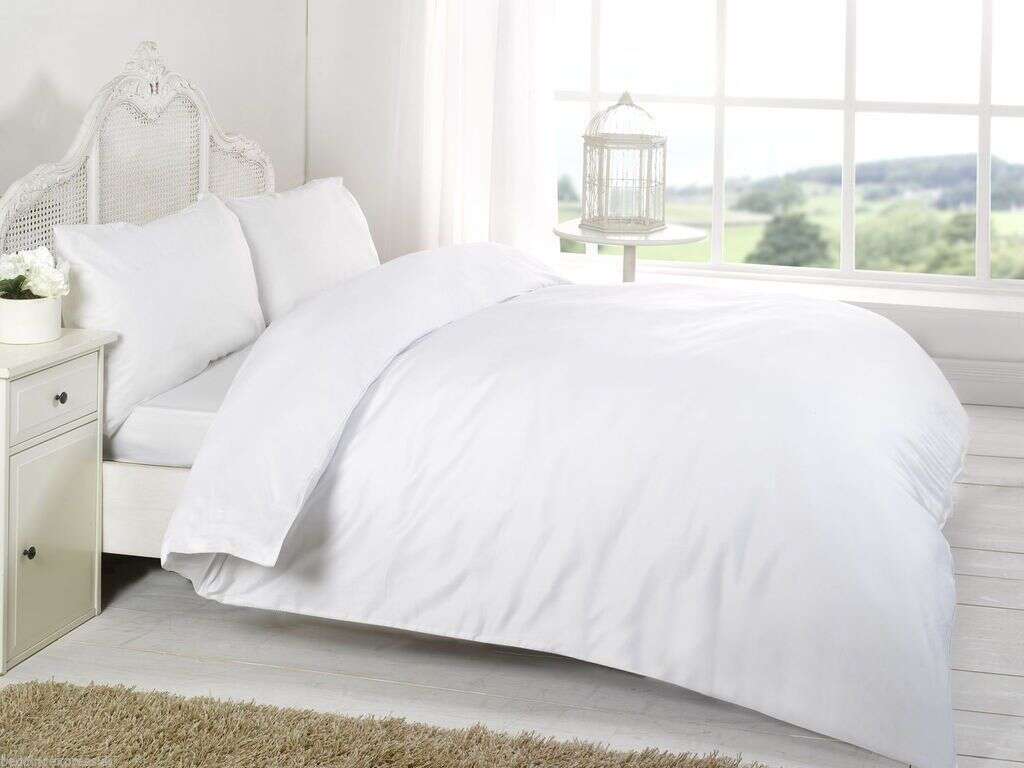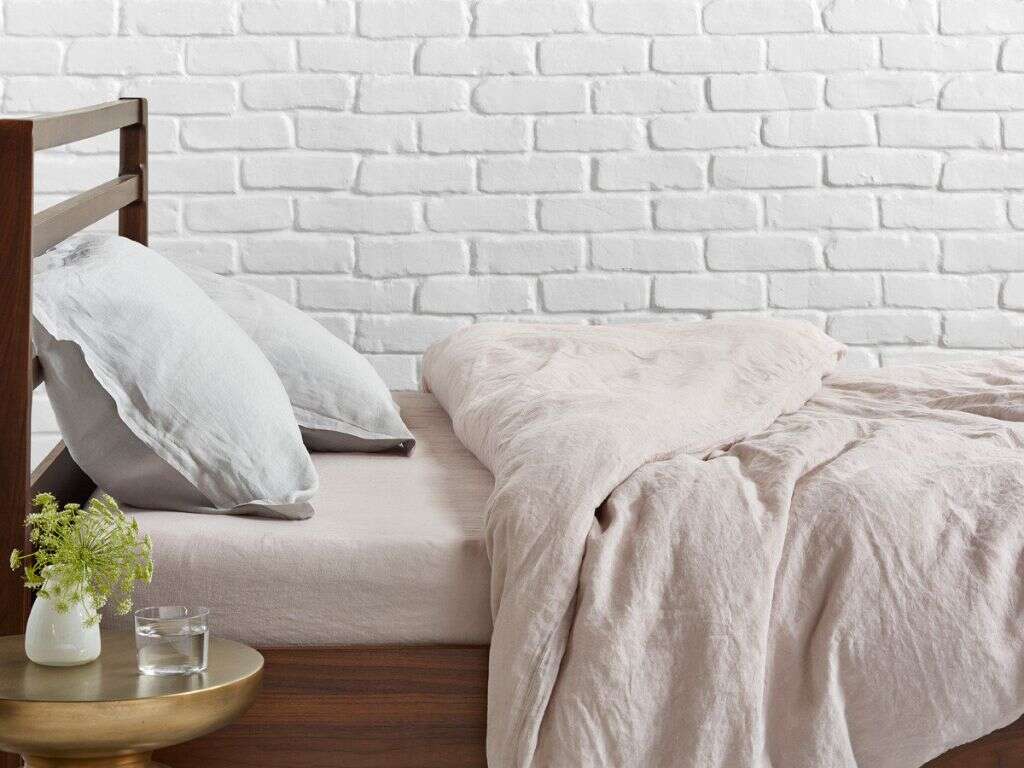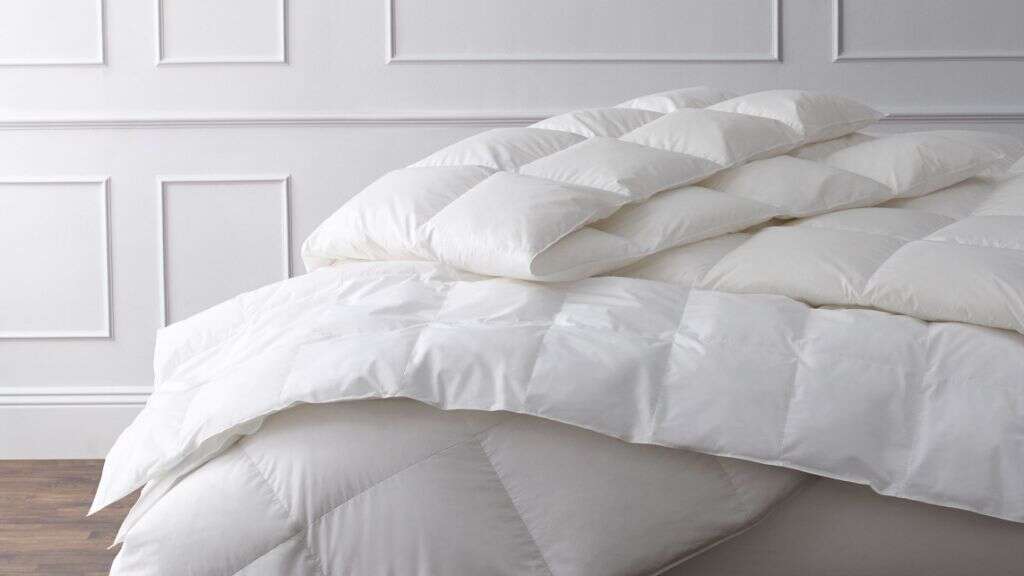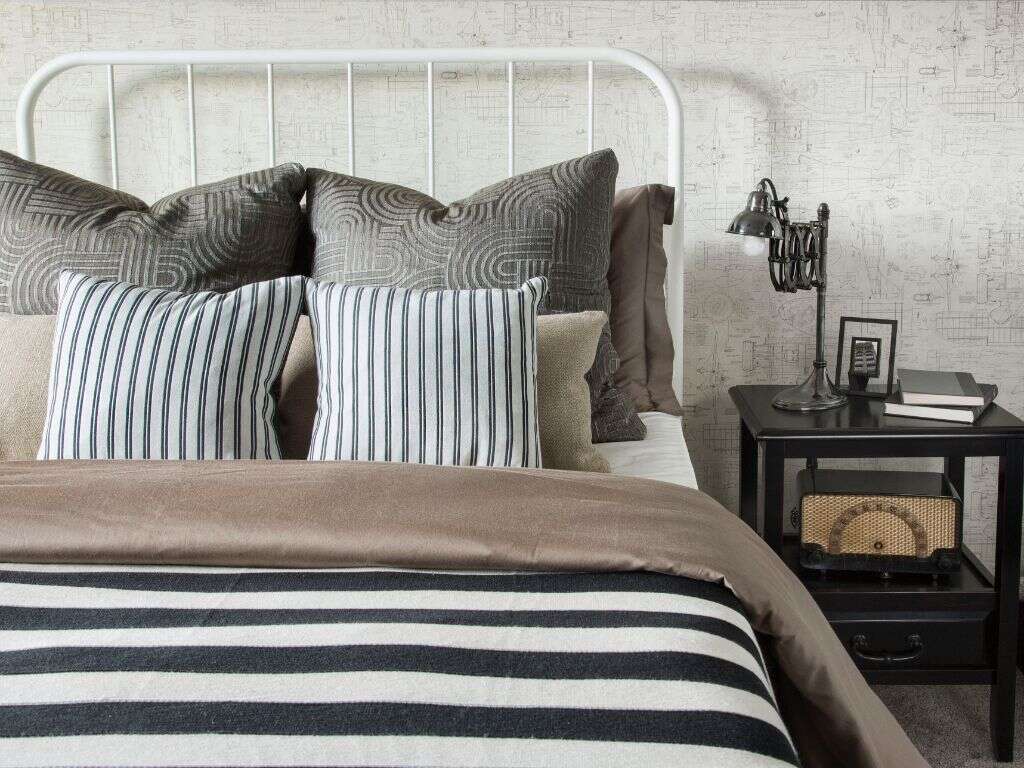What Is a Duvet?
Getting a good night’s sleep regularly is so important for both our mental health and our physical health. It is also important for our professional and personal lives because it can be very difficult to do anything properly if we have not slept well enough the night before.
To help with this, we need a bed that is both warm and comfortable. One of the most common ways to achieve this is to use a duvet, and the right duvet can be very warm and comfortable indeed. Here’s a look at just what a duvet is, and why you should use one yourself.
1. What Is a Duvet?
A duvet is a type of bedding that is popular in many parts of the world, particularly those with cold climates. They are made by essentially sewing cloth together so that it forms a large, bed-sized bag. This bag is then filled with insulating materials, such as down or maybe synthetic material. Not only are duvets warm, they are also very comfortable. Another reason for their popularity is that it can make the chores of bed making easier and faster. Duvets also come available to fit beds of all sizes, and you can even find duvets that are suitable for camping.

2. They Are Very Warm
As already mentioned, duvets are most popular in cold countries, and for a very good reason: they are very warm. The down, or whichever material is used, creates multiple insulating layers and pockets within the duvet, and this helps to keep the warm in and the cold out.
Even on cold days, and without any additional heating, a duvet can keep you snug and warm in bed. One downside to this is that they can be too hot when better weather comes around. Many households will put their duvets away in a cupboard during the summer, ready to be used when it gets colder again.
3. Use on Top
Duvets are usually used as the top layer of bedding. This way, they help to keep all the heat in, keeping the person or people below toasty warm. They can be used in conjunction with other bedding for added insulation on days that are particularly cold. In America, the term “sleeping European” is sometimes used.
This refers to the fact that in many European countries, duvets are used without a top sheet. This makes it easier to make the bed, and a duvet alone is still usually enough to keep you warm. Whether or not you use as a top sheet is entirely up to you.

4. It’s a French Word
The word “duvet” comes from the French language, and it translates directly into “down.” In this context, down is the soft feathers taken from birds. In many cases, it comes from the eider bird, and the down from this bird is known to be the softest and the warmest type.
Eider birds will use their own down to line their nest to make it warmer and more comfortable. Eider farms will harvest this down, and it will need to be thoroughly cleaned before it can be used. Some other types of down, particularly down from geese, will be taken from the bodies of birds after they have been slaughtered.
5. Different Names
Even among other English-speaking languages, you will find that a duvet has different names. In Australian English, for example, a duvet is commonly called a doona. Doona is a brand name for a popular duvet product, and duvets used to be known as continental quilts.
The latter name referring to the duvet’s origins in continental Europe and its similarities to quilts. In British English, it is often called a duvet but also sometimes a continental quilt (or quilt for short). In American English, a duvet is sometimes called a comforter but, as we will explain later, the two are very different things.

6. The Vikings Used Them
Duvets have been around for a long time, and it is thought that even the Vikings would have used them. Vikings may have been tough people, but they come from very cold lands, and even the toughest of people can suffer if they are too cold.
Vikings had an answer to the problem though, and that was to get snuggled under a warm duvet at night. Such was the warmth from Viking duvets that they would sleep in them naked, despite the freezing conditions of Northern Europe. It was in the 16th century that the wealthy would begin using duvets themselves, and their popularity spread throughout continental Europe.
7. Duvet Covers
Duvets will usually be used with a duvet cover, and you can think of using a duvet cover in the same way you would use a pillow case for pillows. Having to use a duvet cover might sound inconvenient at first, but it actually makes it a lot more convenient overall.
Duvet covers come in different colors and patterns, so you can find a pattern that will fit with the theme of your bedroom. Better still, duvet covers can be easily removed and replaced with a clean one. This is a lot easier than having to wash the actual duvet, and you won’t have to wait for the wash and dry to be complete.

8. Not a Comforter
As already mentioned, duvets are often also called comforters, but the two are not quite the same. One of the main differences is that comforters are generally thinner than duvets are, and not as warm. They are made to be used on top of the bed, like a duvet, but in addition with other bedding such as top sheets.
Unlike duvets, comforters don’t usually come with a cover, and this means that comforters need to be washed more often than duvets. If you like, you can sometimes use a comforter in the same way you would a quilt when the weather is warm, but you still want to be snug in bed.
9. Duvet Days
Even the most committed of workers will have days when they just don’t feel like going into work. We still have commitments to meet, however, and that will mean us dragging ourselves into the office or other workplaces even when we are not going to be at our most productive.
Fairly recently, however, some businesses in the United States and in Great Britain have introduced what is known as duvet days. It is an allocation of a certain number of days when you can take the day off for any reason, and without notice. It is an idea that can lift morale and improve a worker’s productivity overall.
10. Washing a Duvet
Duvets have duvet covers, so they won’t need to be washed often. Regardless, there will still come times when they are in need of a clean, and this is fairly easy to do. Your duvet should come with a washing instructions label and you should follow this for the best results. Not only can this get your duvet clean and germ free again, but the right detergents can give it a wonderful smell.
In addition, you can also help to return some of the original fluffiness to your duvet, leaving it as wonderful as the day you bought it. To do this, put two tennis balls in a sock, and add them to the dryer with the duvet before drying.











